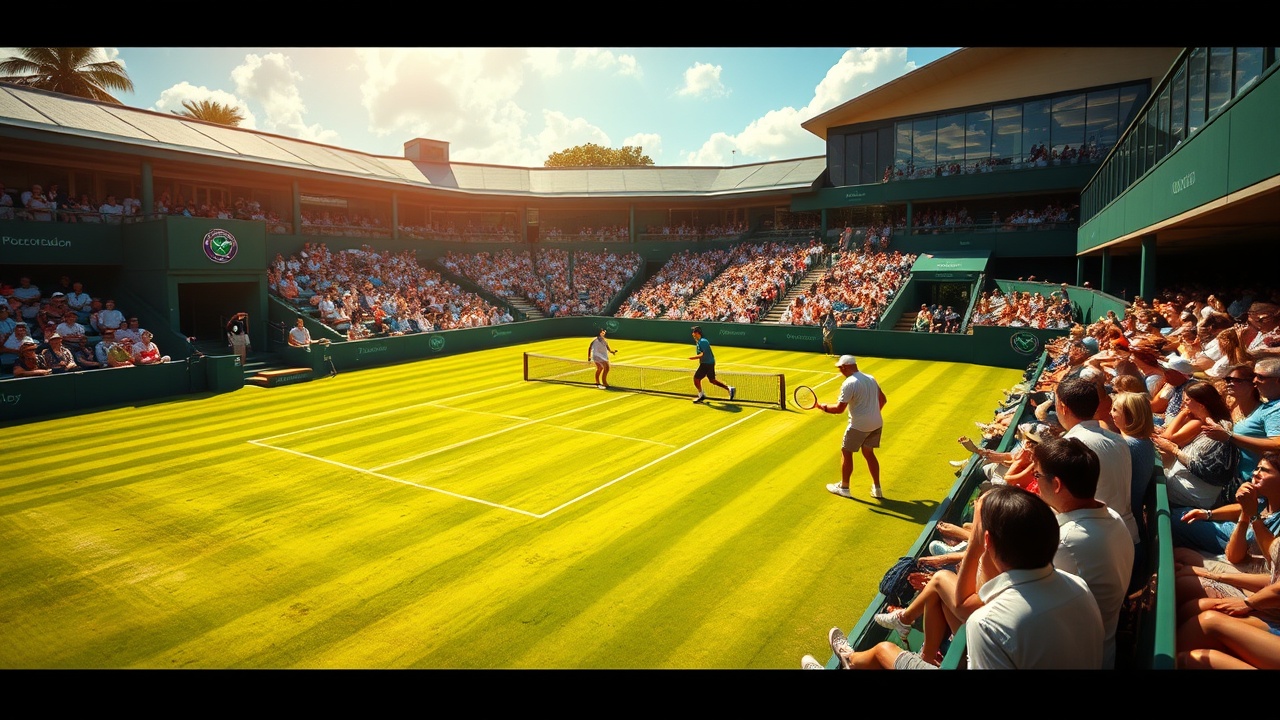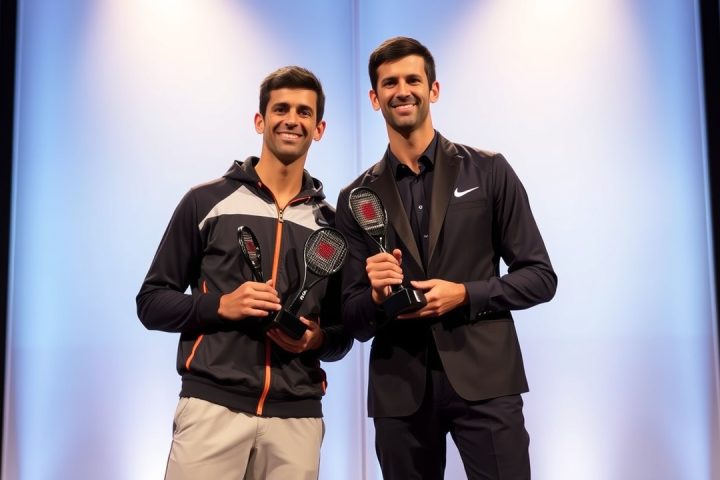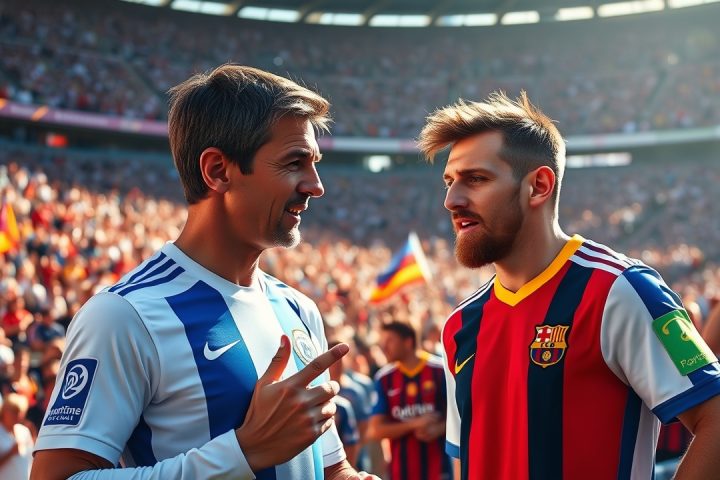Wimbledon 2025: Fan Inquiries and Insights
As Wimbledon 2025 unfolds, BBC Sport has opened the floor to inquiries from fans, resulting in an abundance of questions pouring in from across the country. We’ve selected a variety of these queries to provide you with insider knowledge on everything from the intricacies of match scheduling to the details behind on-court bathroom breaks.
Centre Court’s Main Attraction: Why Does Djokovic Always Play There?
Michael from York is curious about the scheduling of matches, particularly regarding Novak Djokovic, who despite being seeded sixth this year, is often seen on the prestigious Centre Court. With a remarkable record of seven Wimbledon titles and a whopping 24 Grand Slam wins, Djokovic continues to draw massive crowds, making him a top choice for high-profile matches. The All England Lawn Tennis Club (AELTC) elaborated that the match scheduling process is intricate, with an emphasis on fairness and catering to the interests of players, spectators, and the vast global audience that follows the tournament closely.
Interestingly, the last instance Djokovic played outside Centre Court was back in 2021, defeating Denis Kudla on Court One. Prior to that, he was last seen on Court Two in 2018 against Horacio Zeballos.
Umpires and Bathroom Breaks
Natalie from Surbiton has inquired about the bathroom breaks for umpires during matches. Yes, they are permitted, but they generally strive to minimize interruptions. Umpires schedule their hydration and food intake meticulously before matches to avoid such delays. An example from a past record includes Swedish umpire Mohamed Lahyani, who managed the grueling 2010 match between John Isner and Nicolas Mahut without needing to step away.
Record-Breaking Moments at Wimbledon
Andy in Northampton brought up the longest individual game at Wimbledon, which remarkably occurred in a match between Tommy Robredo and Potito Starace in 2004. Although Robredo eventually won in straight sets, one game stretched to an astounding 34 points. The subsequent long game occurred in the 2023 final between Carlos Alcaraz and Djokovic, lasting 26 minutes and featuring eight missed game points from Djokovic.
Amy from Cambridgeshire queried about the fastest serve ever clocked at Wimbledon. Recently, during his encounter with Taylor Fritz, Giovanni Mpetshi Perricard registered a rapid 153 mph serve, making a mark in Wimbledon history—even as he ultimately lost the match. The official record for the fastest serve in a recognized event belongs to Australian Sam Groth at a Challenger event in 2012 at 163.7 mph, while Isner holds the record for the fastest in ATP events at a 2016 Davis Cup match.
Post-Match Interviews and Tennis Logistics
Duncan from Northampton asked about the distance maintained during post-match interviews at Wimbledon. Unlike other sports, Wimbledon interviewers stand a few feet away from players to ensure clear visibility for broadcast purposes—a critical factor for live and later coverage across various media platforms.
Katie in Shrewsbury is interested in the logistics of tennis balls used throughout the tournament. A fresh set is utilized after the first seven games and subsequently after every nine games to maintain match quality. Approximately 55,000 balls are consumed each year at the championships, with some sold to the public and proceeds aiding the Wimbledon Foundation.
Player Rituals and Equipment
Keith from Poole wonders about the number of times players can bounce the ball prior to serving. Interestingly, players have no set limit, but they often follow particular rituals, leading to variances in how many bounces they take. The unofficial rules also state that a server must complete their serve within 25 seconds; thus, excessive bouncing can sometimes bring about frustration from opponents.
Alisson from Glastonbury asks about the devices players attach to their rackets. These are known as dampeners, which come in different designs and serve to minimize vibrations upon ball contact. Players like Rafael Nadal often use them, while others, like Roger Federer, prefer to play without.
Junior Competitors and Tennis Errors
Marilyn from London is curious about the age limits for junior competitors. Players aged 14 to 18 are eligible to participate in the junior tournaments. Though juniors do not receive monetary prizes, they earn points for their international rankings.
Lastly, Allan from Aberdeen sought clarification on the concepts of unforced and forced errors in tennis. An unforced error typically emerges when a player has full control yet misses, while a forced error results from pressure exerted by their opponent, affecting the player’s capability to execute their shot successfully.
Engaging with Fans: Ask Me Anything
BBC Sport’s “Ask Me Anything” initiative aims to engage fans by responding to their inquiries, covering various aspects of sports with insights from experts and insiders. This engagement mechanism offers a unique glance behind the scenes of major sporting events, including Wimbledon.
For more insightful questions and answers, stay tuned as we delve deeper into the intricacies of tennis and Wimbledon’s rich history!




